Help! My mother repotted my phal orchid in regular soil. What to do?
garnet16
8 years ago
last modified: 8 years ago
Featured Answer
Sort by:Oldest
Comments (19)
shavedmonkey (Harvey in South Fl.)Z10b
8 years agobossyvossy
8 years agoRelated Discussions
should i repot or wait - my first orchid!
Comments (6)Congrats on your first orchid. I was 12 years old when I got my first plant (a cattleya). 40 plus year later, I'm still growing cattleyas. Orchids are infective. Phalies like most epiphytes grow in trees and extend aerial roots out. The green tips of the roots possess chlorophyll so they are photo-sensitive and sometimes grow toward a light source. However, it doesn't sound good if the roots outside the pot are dry and shriveled. Wait till the plant finishes blooming and repot in a fresh medium. When you buy these plants from the store, there's no telling how long the plant was sitting in the pot. A lot of phalies are potted in sphagnum. Nothing wrong with that, but in a plastic pot, it has the problem staying too wet for too long and the main roots might have become rotten from over-watering. While Phalies don't possess a water storage system like the pseudobulbs of cattleyas and the like, they don't like to be in standing water or soaking wet medium. They need to dry out between watering. Phalies in the wild grow in the humid jungles of Indonesia. There is regular rain, but there is also a good amount of breeze and airflow that allows the plant to dry out before the next shower. Also, the higher humidity helps the plant from being desiccated. The "little green horns" on the inflorescence maybe either another secondary flower spike or a "keiki" or the formation of a baby plant. Sometimes if the plant starts to break keikis over flower, the plant might be in distress. When a plant senses it is dying, it will do anything to preserve itself, either by flowering or making keikis. But you will not know that for a while. A good sign is that the plant is putting out a new leaf. Make sure that when you water, never leave standing water in the crown (the axil of the leaves). Standing water can lead to crown rot and this usually is fatal to the plant. Also, never have the plant sitting in a plant saucer filled with water. Again, this will keep the medium too wet and cause rot. Phalies (though they say tolerate shady conditions) do like a good amount of indirect light. The key to flowering most orchids is the quality of light. A north facing window won't do. A south facing window is the best. The leaves should always be a medium green. Very dark green leaves means the plant isn't getting enough light, and they become long, thin and flaccid. Too much light and the leaves could bleach out, turn yellow or burn. Phalies and Paphs don't need as much light as cattleyas that is true. You can put the flowering plant anywhere in the house to be enjoyed. But when you want it to start growing, put it in a sunny window. And if you live in areas where you can summer a plant outdoors under shade cloth or lath, (a tree sometimes can cast too much shade; depends on the tree) do that. Really, an orchid growing indoors is rather foreign to them. But that goes for all plants. Soon you will be hooked and adding more plants to your collection. You will want a greenhouse. It never ends. Trust me. Good luck and have fun!!...See Morehelp! my gf's phal orchid is dying!
Comments (23)Sean, a belated welcome, A couple of my earlier messages to you haven't posted here. You have my sympathy and empathy with your orchid loss, especially because it was a thoughtful and special gift for your GF, and she's loved it so. You've gone to great lengths to save this plant. Not many folks would have done that. Kudos to you. Dunno if this will help ease the loss for the two of you, but the beloved Phal could have been doomed before you got it because of the no drainage factor. The only retailers who raise orchids to last beyond that one (unnatural) flowering are the smaller commercial orchid growers, and some of those mistreat their plants, so you end up with poor quality too. You're in good company: virtually every orchid hobbyist lost at least a few of their first orchids. After you and your GF have had a chance to talk, & if you decide to get another orchid, I have two suggestions that will increase chances the new orchid will thrive and bloom again (no guarantees, unfortunately - we're talking orchids. :)). First, as Jane said, get Ortho's All About Orchids by Elvin McDonald; Meredith Books, 1999. It's a paperback, and Amazon's got them new for $2.79! Then there's shipping from their vendor, but the book was about $20 @ Home Depot a couple of years ago. The Ortho book's only 96 pages long and has guided tons of folks to success. After the two of you have skimmed through the book... Second suggestion - order a Phal from a grower who sells online. Picking out the new Phal together could help brighten your moods. There are lots of good growers who sell online, and folks here will suggest solid growers, if you decide to go that route. We can also tell you which Phals might be easier than others. One drawback is a new plant may not arrive in spike (have a "stem" maybe long enough to have buds on it already), or in bloom (flowers open). That's because the orchid's environment hasn't been messed with to force it to bloom way out of its natural cycle, like orchids you find in stores, even garden centers. This process could have compromised your orchid's health, too. But, you're in luck - this is the time of year lots of Phals are in spike. I live in Minneapolis, MN and see you're in SE Nebraska. We're geographically challenged in the orchid world. There may be small commercial growers kinda near you or your GF's school, but none that sell online as far as I know. Also, the only show around here where you can buy orchids is in conjunction with the St. Paul Winter Carnival in January, and only a few vendors attend. It's the absolute worst time to buy an orchid cuz of its exposure to cold temps. People in Chicago, S CA, FL, and farther up the E coast live in paradise re: lots of good growers and big shows throughout the year. I'll be thinking about you two. Please let us know how it's going. Whitecat8 Here is a link that might be useful: Ortho's All About Orchids, Amazon.com...See MoreRepotting tomato seedlings - use regular potting mix or orchid mix?
Comments (10)I have studied growing in containers quite a bit...and there is a lot of info available under the "container" section, and elsewhere. Some of the contributions from certain gardeners is very good. One of the primary downfalls of many container mixes is: they do not drain well because of the size of medium used in the mix (over-simplification). Have you ever noticed the bottom 2 inches of your pots loads up with "muck"? There are a couple of reasons for that. I actually "custom" mix to eliminate/reduce this common problem (in addition to using a wick). As stated above...you can really empty your bank account buying supplies if you are not careful. Oftentimes, I buy inexpensive (larger quantity) bags of cactus mix to supplement my other ingredients. I am not sure what your ideas/purposes are...but it is a good thing to pay attention to what you are using for a soil mix. It can make or break your whole planting experience. Some folks plant in crap...and then they spend a small fortune on seeds, plants, fertilizers, insecticides, fungicides, etc....and still fail. I do not mean to rant...but rather help some folks avoid trouble and disappointment. With good intentions...I see people put rocks in the bottom of their containers, use "moisture control" mixes, add native soil to the mix, and do all kinds of stuff that shoot themselves in the foot. Kind of sad. goodluck, and keep asking... PS If you are just temporarily re-potting to a larger pot prior to garden plantout...just save yourself some money/time and use "regular" MG potting mix or like product. Not sure what your plan is. haha...See MoreAfraid to repot! Why do my repotted orchids always suffer after???
Comments (13)Arthrum: good point, the temps in my house are only kept above 65 degrees, but it still seems that some temperature hardy plants still show dislike of my repotting... Dbarron: oh my! Sounds like a tragedy! I get upset enough when I break of a new shoot! Vtandrea: thanks for the suggestion! I'll definitely try it on one of my oncidiums! Jane: I live in the Oakland hills in the SF Bay Area. I grow almost all my indoor orchids in the same spot, positioned around a fireplace to control the amount of light. The facing of the house isn't the best. 80% of the light is late morning to afternoon sun . 90% of the windows are west facing :( like the house... The problem might be I repotted at the wrong time. I didn't a lot of reporting in the winter/ late fall (whoops...)...See Moreoldmangroot
8 years agogarnet16
8 years agooldmangroot
8 years agogarnet16
8 years agoSherry8aNorthAL
8 years agogarnet16
8 years agogarnet16
8 years agobossyvossy
8 years agomesembs
8 years agomommas_secrets
8 years agogarnet16
8 years agomesembs
8 years agoSheila
8 years agoDanielle Rose
8 years agoalan_rr
8 years agojoyfulsu
2 years ago
Related Stories

HOUSEPLANTSHow to Grow Orchids Indoors
Orchids are the exotic aristocrats of the flower world and can make themselves comfortable in almost any home
Full Story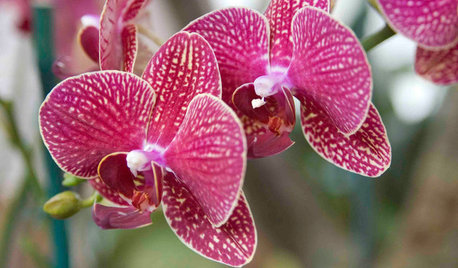
HOUSEPLANTSOrchids 101: How to Keep Your Moth Orchids Alive and Blooming
Growing Phalaenopsis — and getting it to flower again — is easier than you might think
Full Story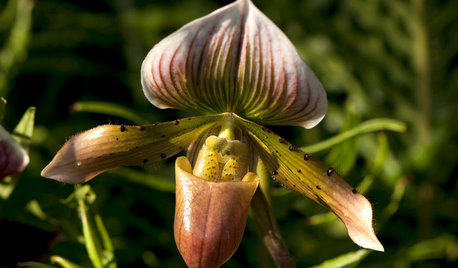
HOUSEPLANTSOrchids 101: Slipper Orchid Success
If you don’t already love Paphiopedilums, learning how to grow them with ease might change your mind
Full Story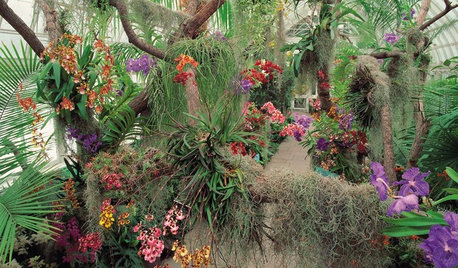
FLOWERSSee the Amazing Orchids Unfolding at a New York Garden Show
Get an eyeful of awe-inspiring orchids in incredible colors and learn how to keep one happily blooming at home
Full Story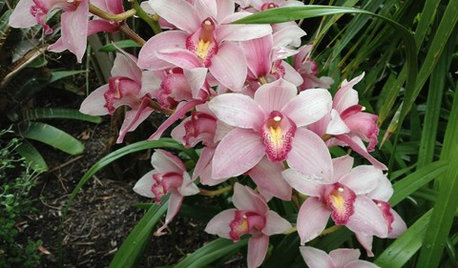
FLOWERSOrchids 101: Cymbidiums Add Beauty Indoors and Out
Their large, long-lasting flowers give them a place of honor in homes and gardens
Full Story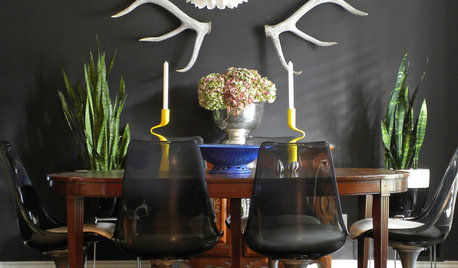
HOUSEPLANTSMother-in-Law's Tongue: Surprisingly Easy to Please
This low-maintenance, high-impact houseplant fits in with any design and can clear the air, too
Full Story
SELLING YOUR HOUSE10 Low-Cost Tweaks to Help Your Home Sell
Put these inexpensive but invaluable fixes on your to-do list before you put your home on the market
Full Story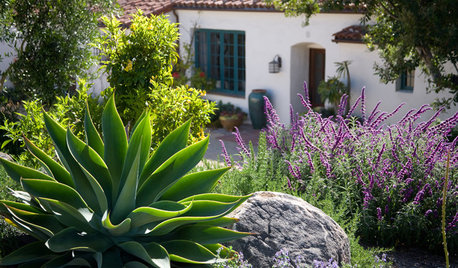
GARDENING GUIDESCommon Myths That May Be Hurting Your Garden
Discover the truth about fertilizer, soil, staking and more to keep your plants healthy and happy
Full Story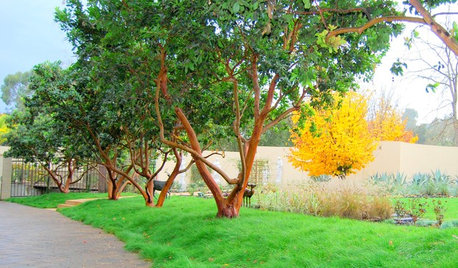
GARDENING GUIDESGarden Myths to Debunk as You Dig This Fall and Rest Over Winter
Termites hate wood mulch, don’t amend soil for trees, avoid gravel in planters — and more nuggets of garden wisdom
Full Story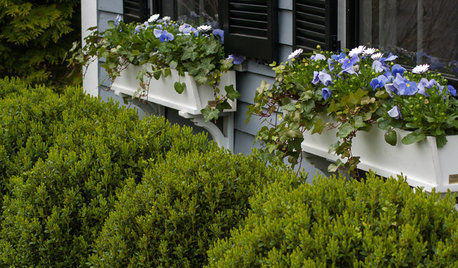
GARDENING GUIDESMake Sure You Read This Before Buying New Plants
Follow these 10 plant-selection tips to avoid buyer’s remorse
Full Story


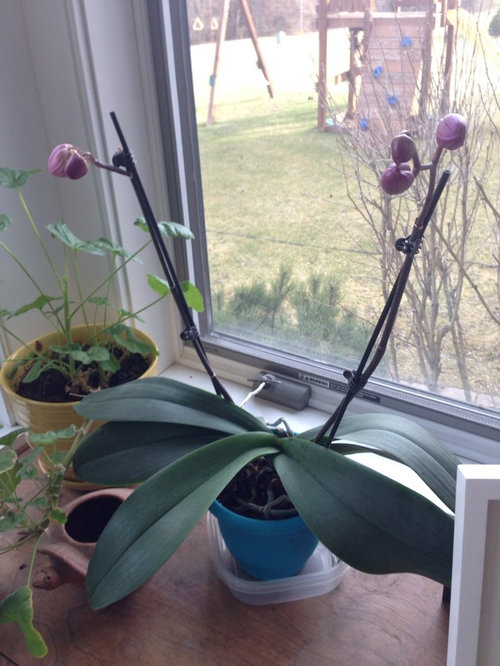
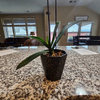
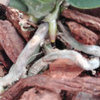
Sheila